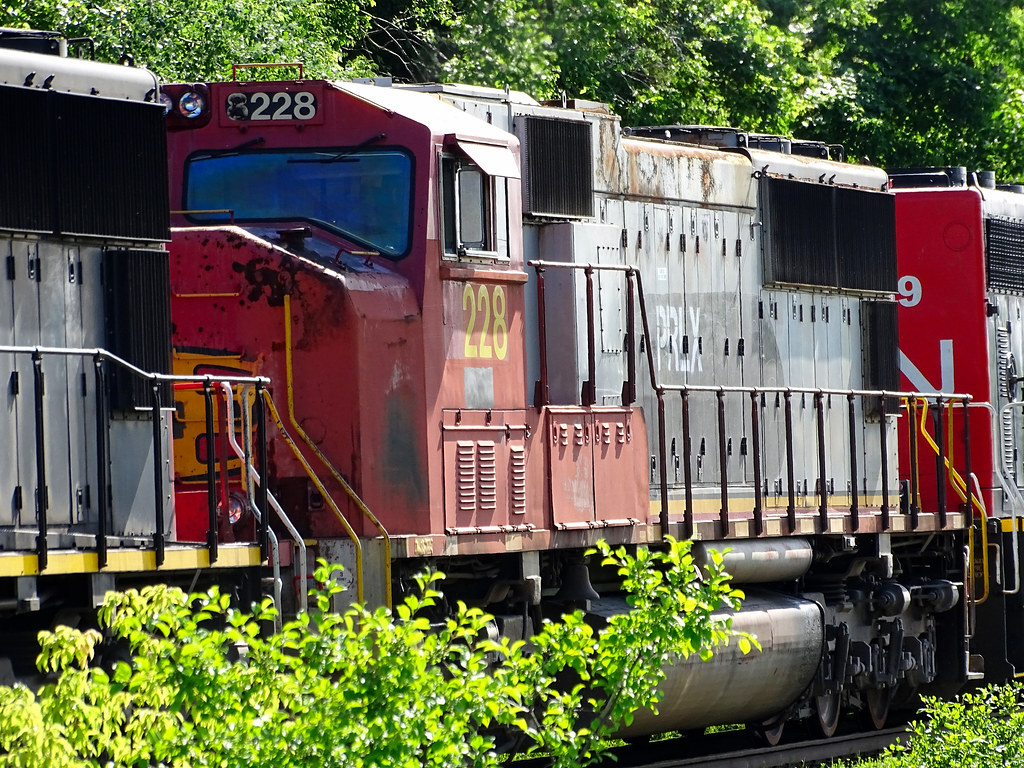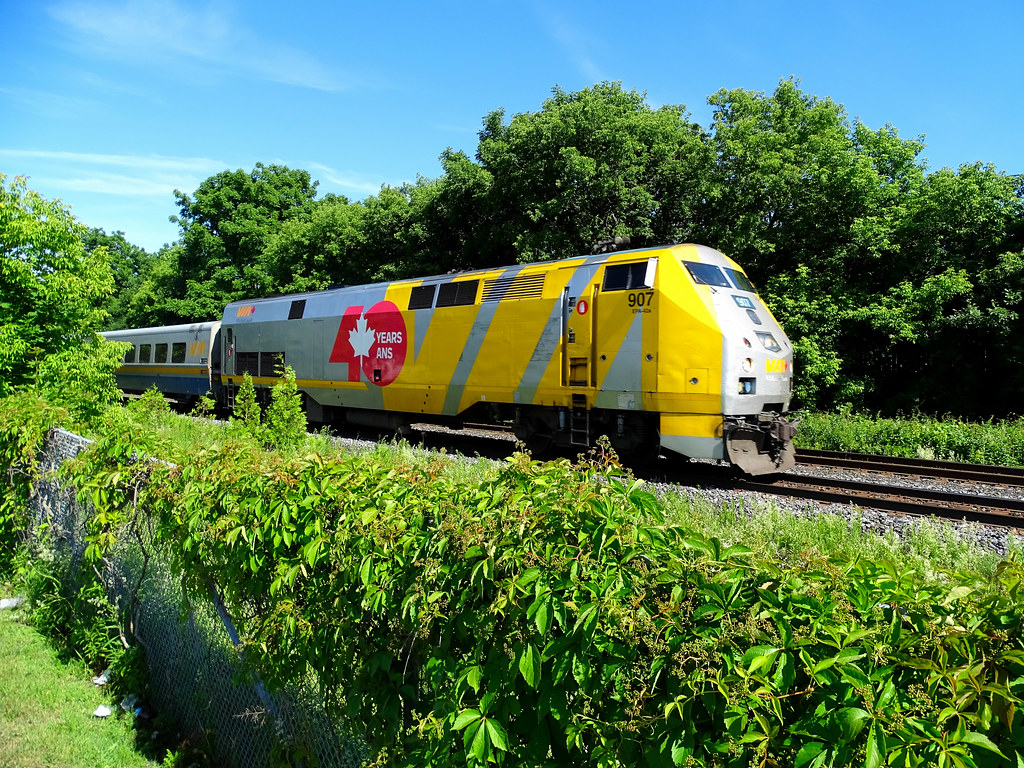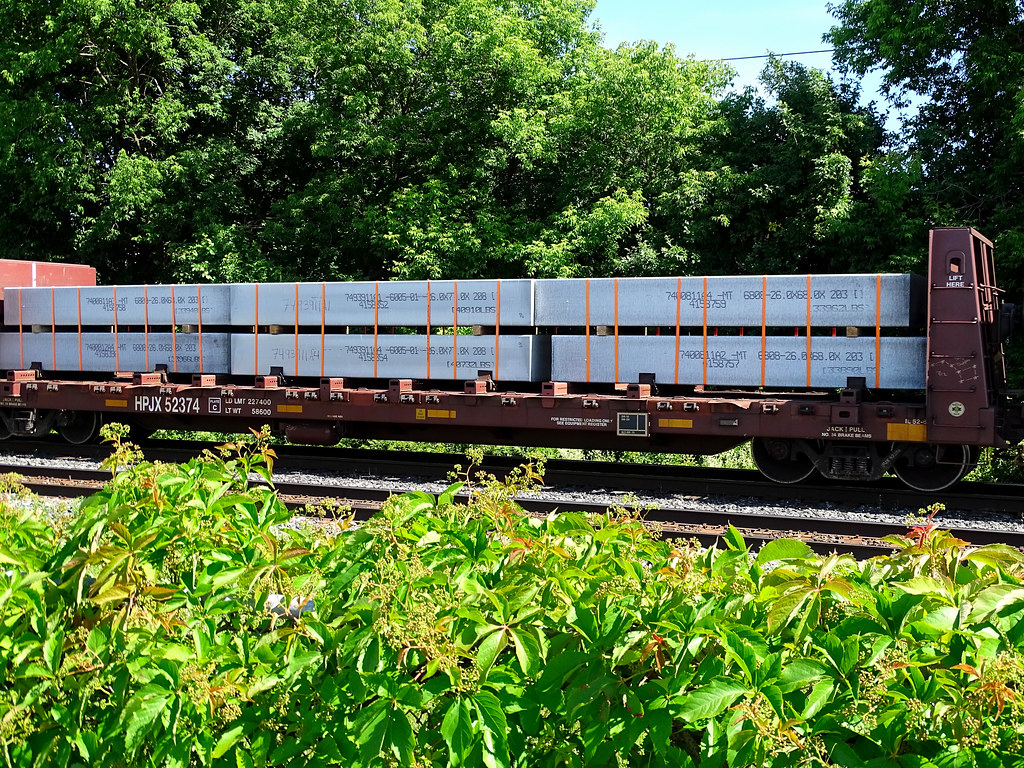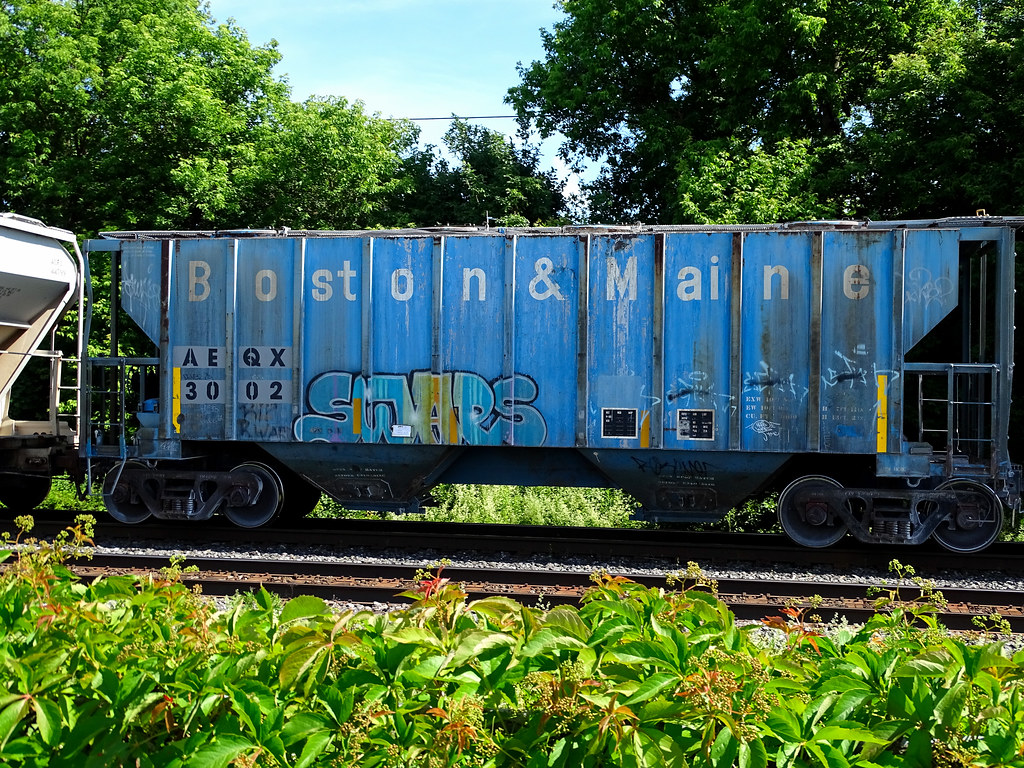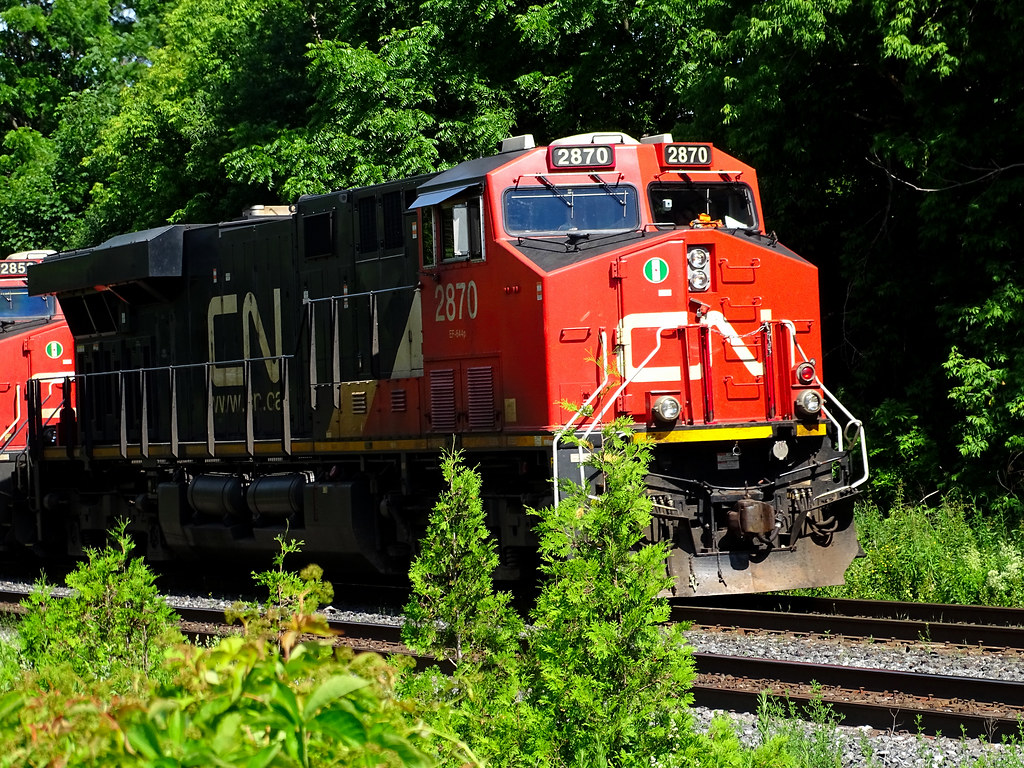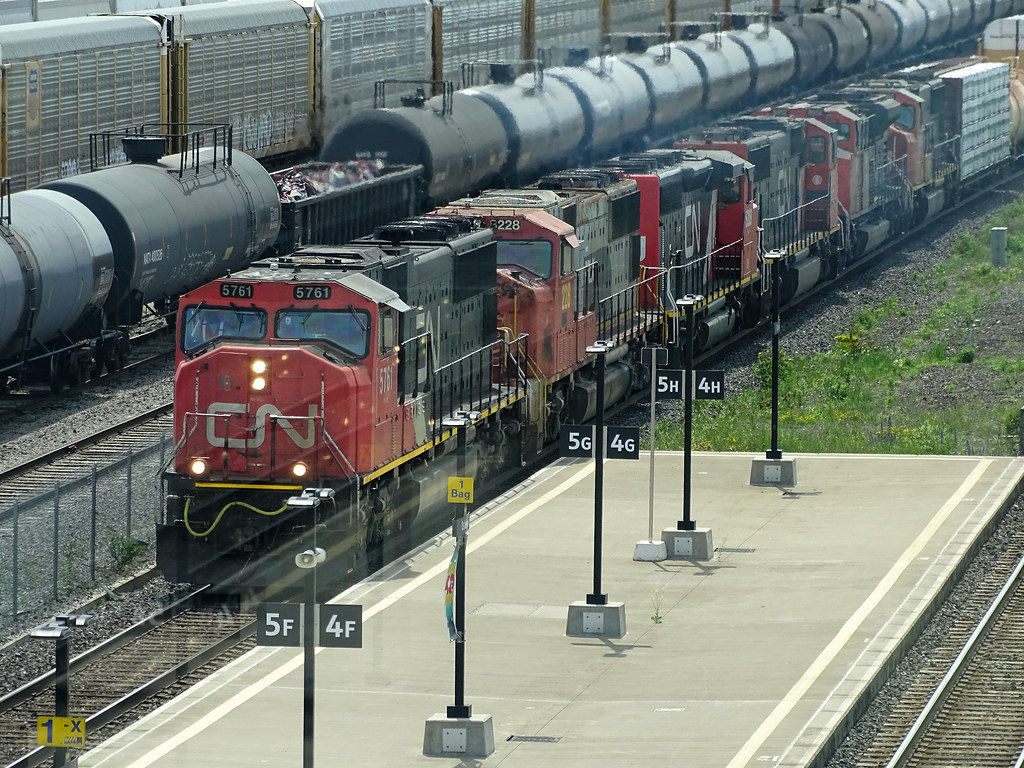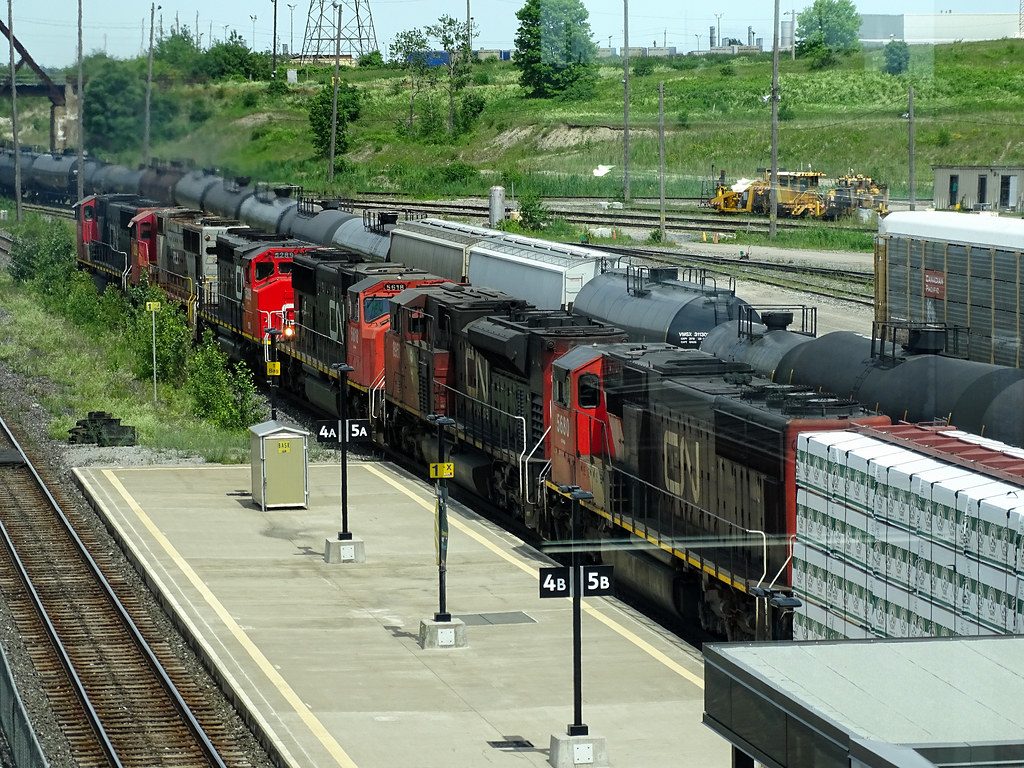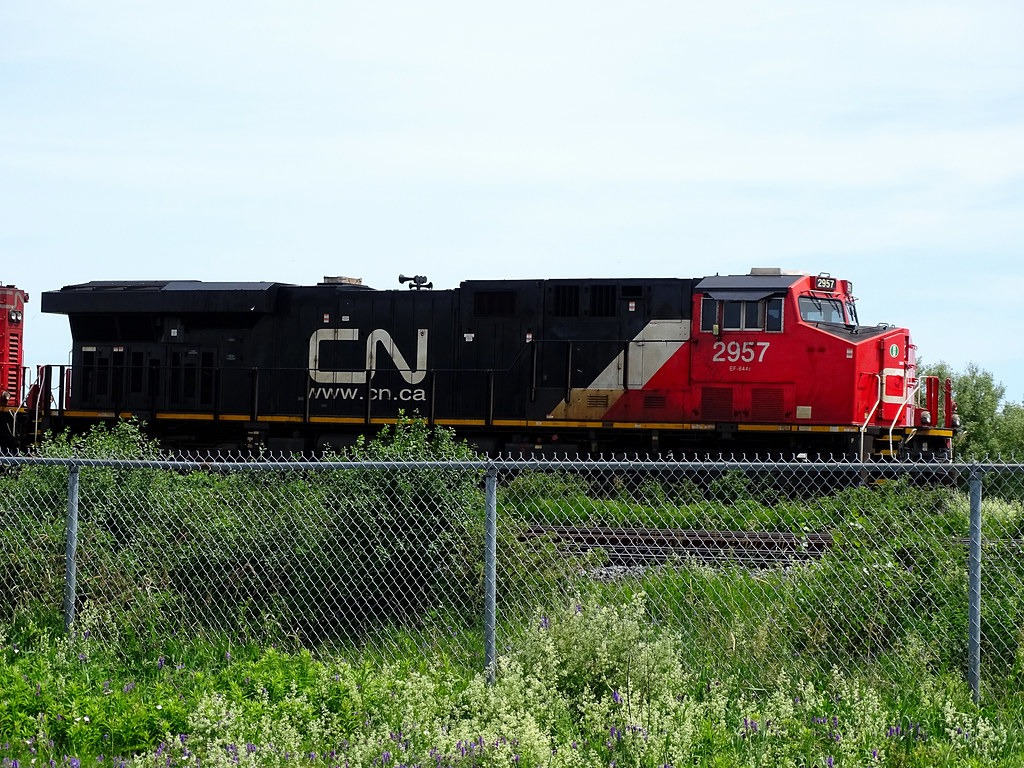Admiral Beez
Superstar
Just thought I'd share some pics I took of CN servicing our plant in near Paris, ON earlier this week.



It was interesting to see the crew climb out, manually slide the switch or turnout, reverse the train, pick up the bulk cars and head back out to the main line.
It was interesting to see the crew climb out, manually slide the switch or turnout, reverse the train, pick up the bulk cars and head back out to the main line.








